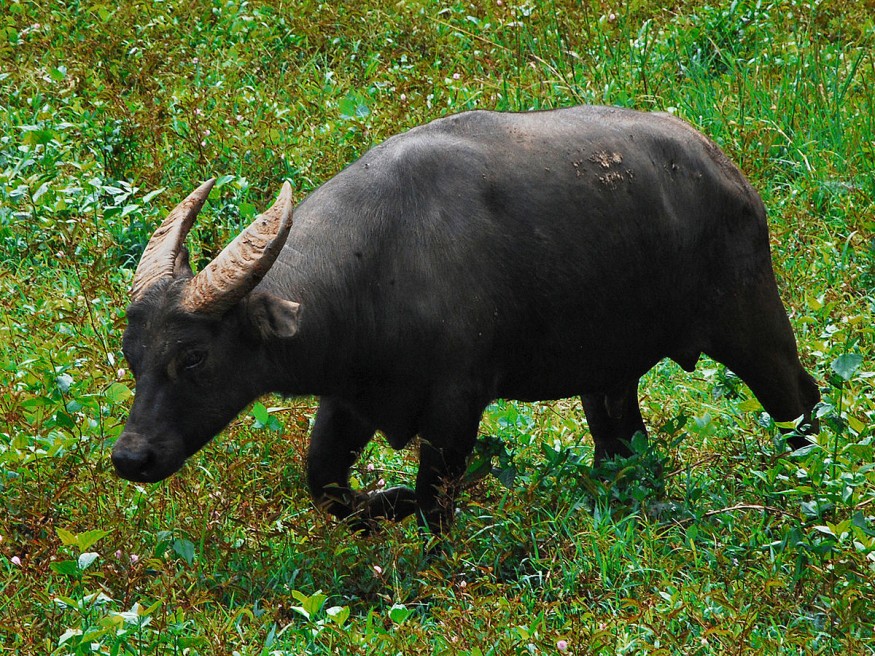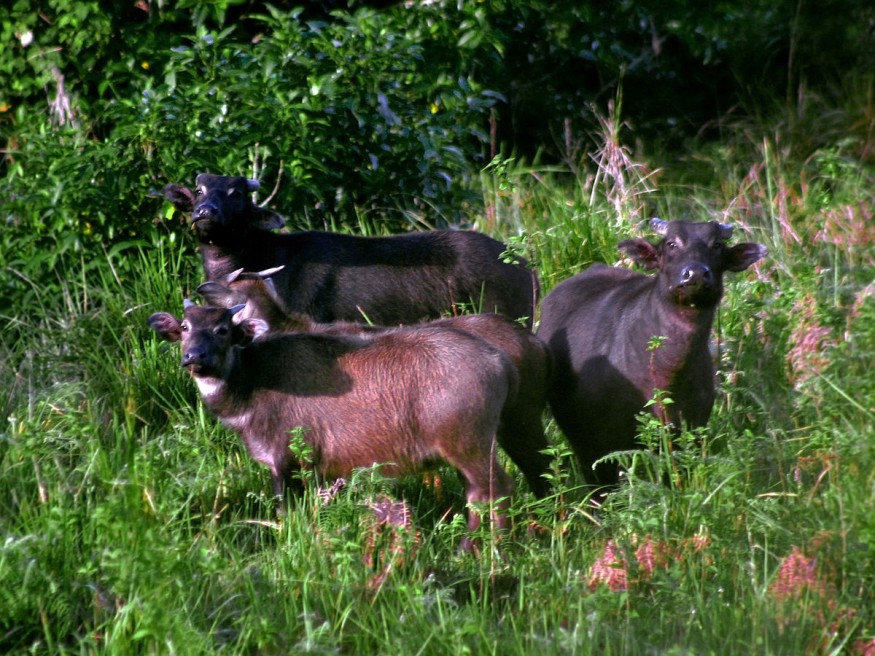Humans are causing the tamaraw to go extinct from 10,000 to less than 500. On the island of Mindoro, there used to be 10,000 tamaraws, but as time passed, the population of the world's rarest buffalo, native to the Philippines, decreased to 154 in the year 2000.

Buffalo's Little Cousin
B. mindorensis (Tamaraws) resembles other members of its family in appearance. It features a tiny, horned head at the end of a short neck, four legs that finish in cloven hooves, and a compact, heavyset, bovine body. Compared to the water buffalo, it is smaller and stockier.
The species exhibits little sexual dimorphism; however, males are said to have larger necks. The usual shoulder height of a tamaraw is between 100 and 105 cm (39-41 in). The tail adds another 60 cm to the body's 2.2 m (7.2 ft) length (24 in). There have been reports of weights between 180 and 300 kg (400 to 660 lb).
Decline in Population

The number of tamaraws declined throughout the years, with statistics from the Department of Environment and Natural Resources (DENR)-Mimaropa emphasizing that as early as the 1960s, the count had already decreased to less than 200.
As a result, the tamaraw was classified as critically endangered by the International Union for the Conservation of Nature (IUCN), suggesting that considerable measures were required to prevent its extinction. This prompted Gloria Macapagal-Arroyo, president at the time, to issue Proclamation No. 273 in 2002, designating October of each year as a "Special Month for the Conservation and Protection of the Tamaraw in Mindoro."
Failed Attempt to Conserve
According to the proclamation, it was important to convey to Filipinos' minds the importance of the tamaraw as a biological resource and a piece of natural heritage that had "ecological, economic, educational, historical, and scientific benefits."
The proclamation urged all government agencies and representatives on the island of Mindoro to put conservation efforts for the tamaraw and its environment into action.
This is because the tamaraw, the biggest animal in the Philippines, can only be found on the island of Mindoro, and it now lives in the 200,000-hectare refuge that the Philippine Parks and Wildlife Office established in 1969.
The tamaraw is one of many wild cattle species found in Asia, all of which are currently extinct or have been listed as critically endangered by the website asianwildcattle.org.
What led to this?
According to June Pineda, coordinator of the DENR's Tamaraw Conservation Program (TCP), "continuous habitat loss, hunting, and poaching" are to blame for the tamaraw population reduction.
Oriental Mindoro had 148,000 hectares of natural forest covering over 69 percent of its land area, as emphasized by globalforestwatch.org; as time went on, it lost 580 hectares of natural forest.
According to globalforestwatch.org, the primary forest area of Oriental Mindoro declined by 1.7 percent over the 20 years from 2002 to 2021, or 511 hectares, or 2.3 percent of the province's overall tree cover loss.
Endangered Species
According to the website speciesonthebrink.org, habitat degradation brought on by farming by displaced persons and locals, along with rapid resident population expansion inside and close to the last surviving tamaraw habitats, posed the biggest danger to the species in the 20th century.
It emphasized that cow ranching presented concerns, such as introducing illnesses to the dwarf buffalos from livestock, and that agricultural fires that started in some regions jeopardized the species' habitat.
Tamaraw was targeted for sport and sustenance, which caused a sharp drop in their number, according to speciesonthebrink.org: "Although this species is legally protected, the unlawful capture and slaughter of this species continue."
English Subtitle Available:
Related Article : Wild Bison are Returning to the UK
For the most recent news about animal conservation, don't forget to follow Nature World News!
© 2025 NatureWorldNews.com All rights reserved. Do not reproduce without permission.





